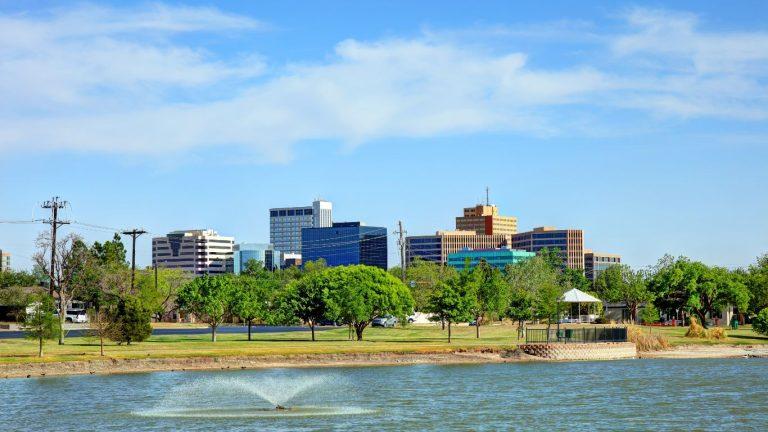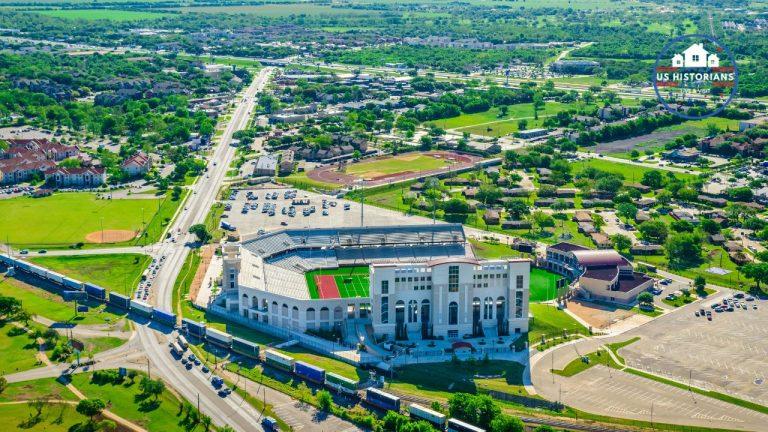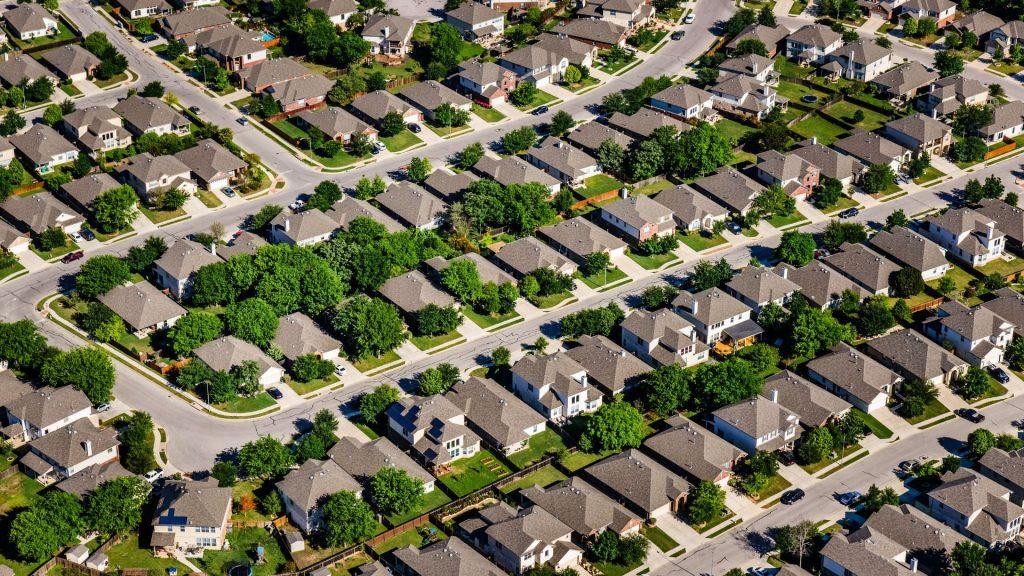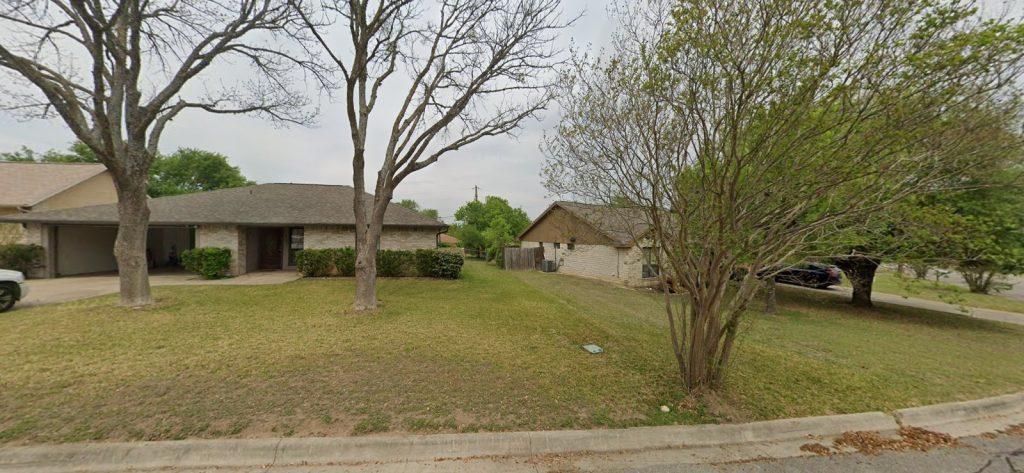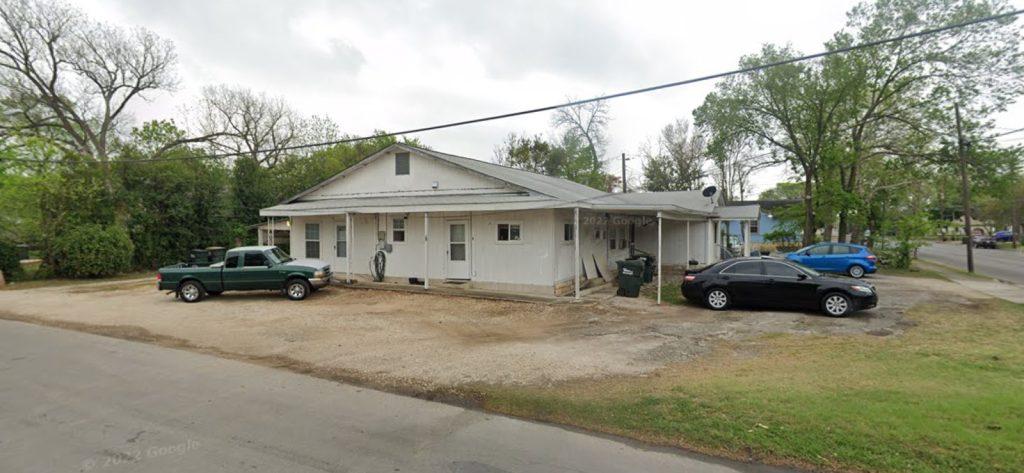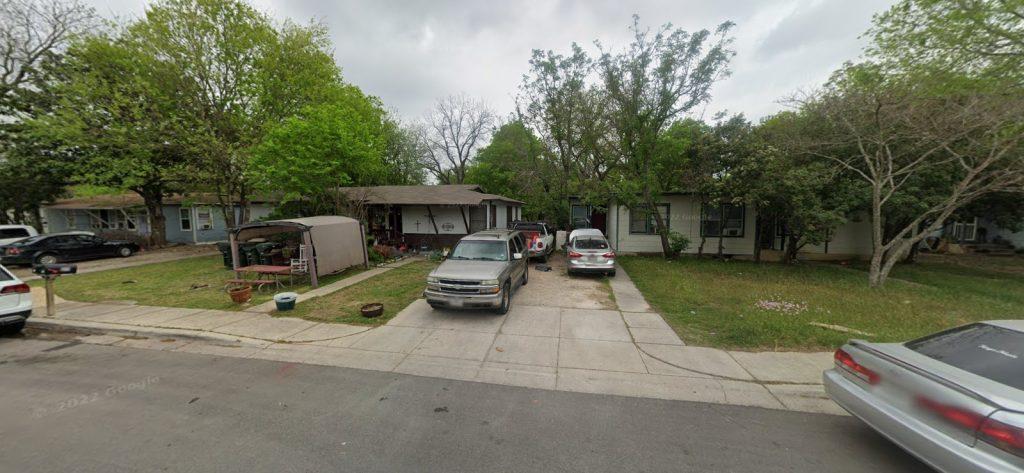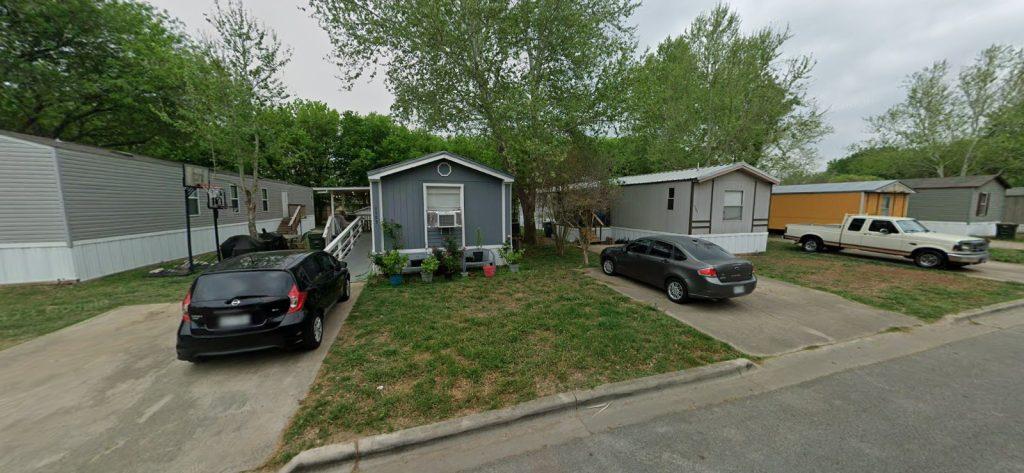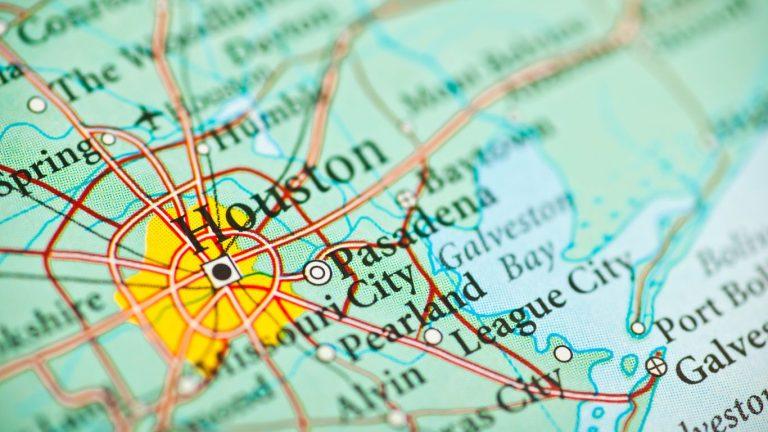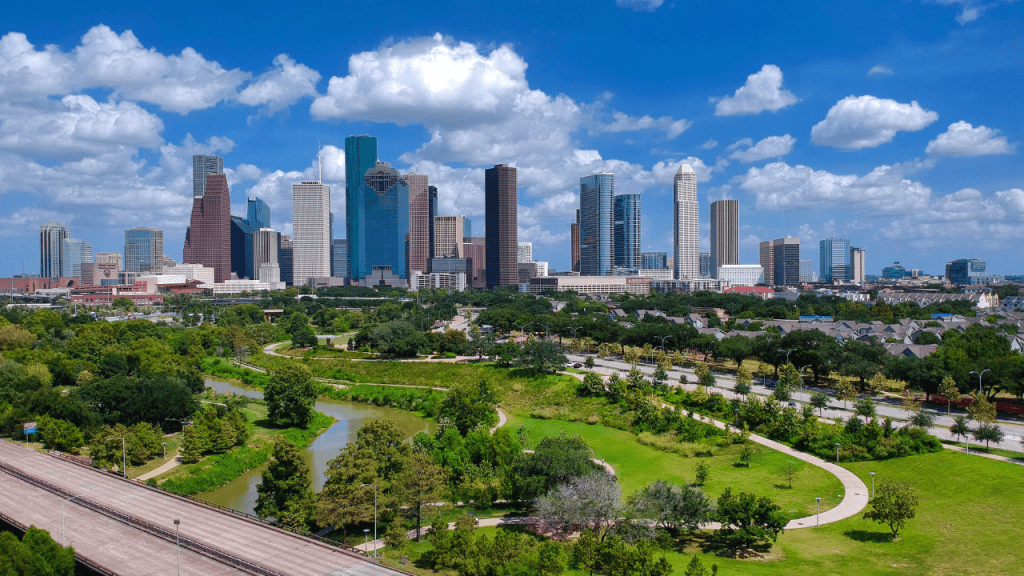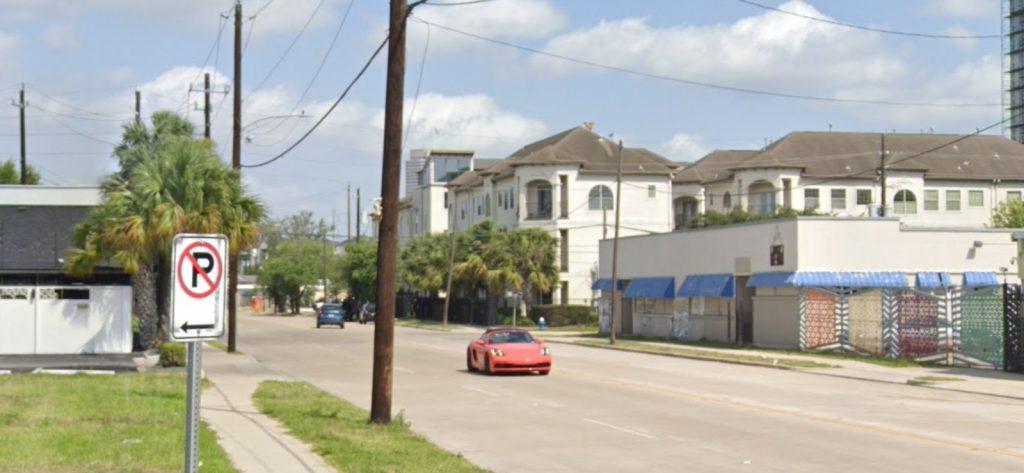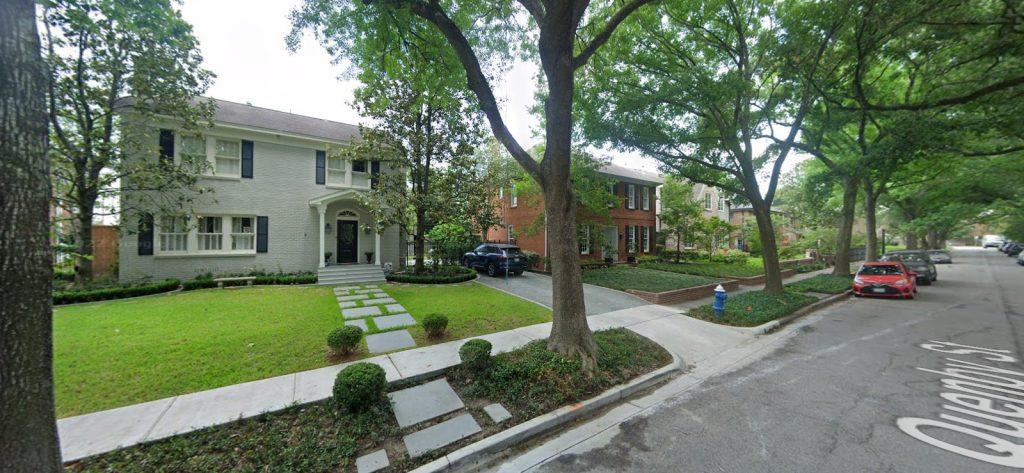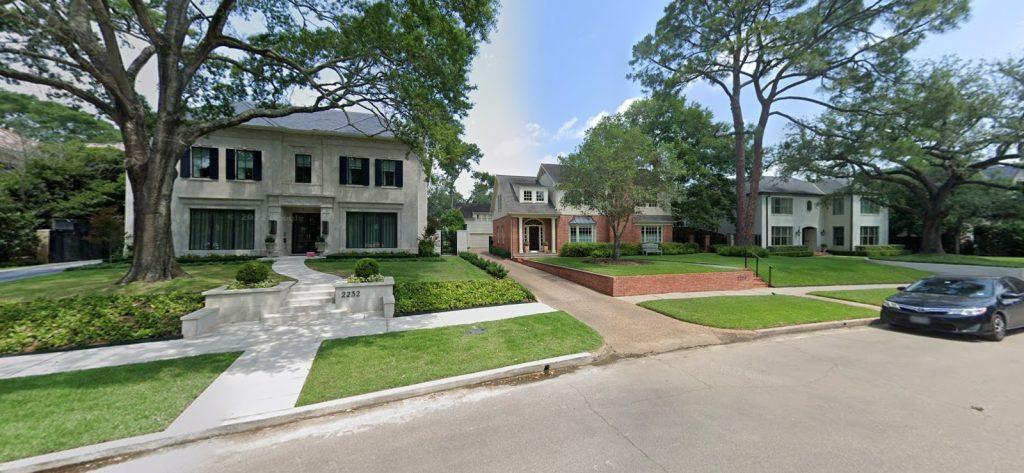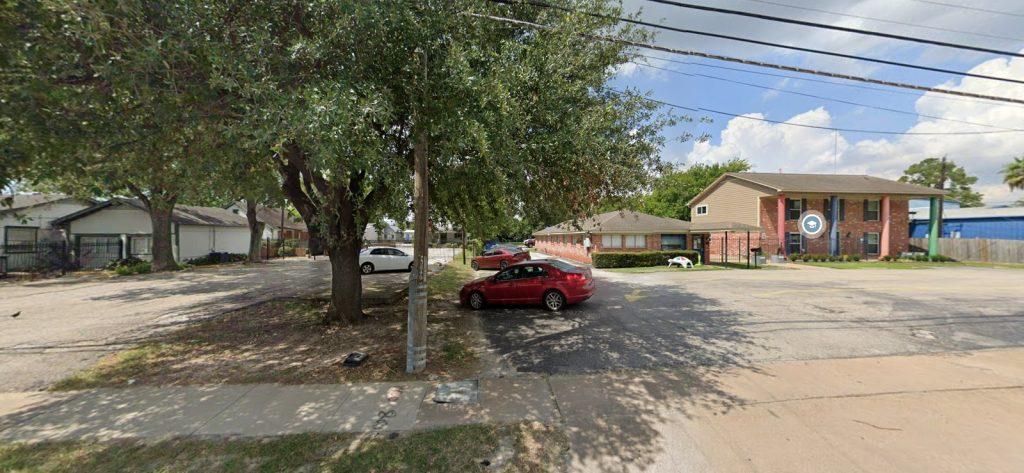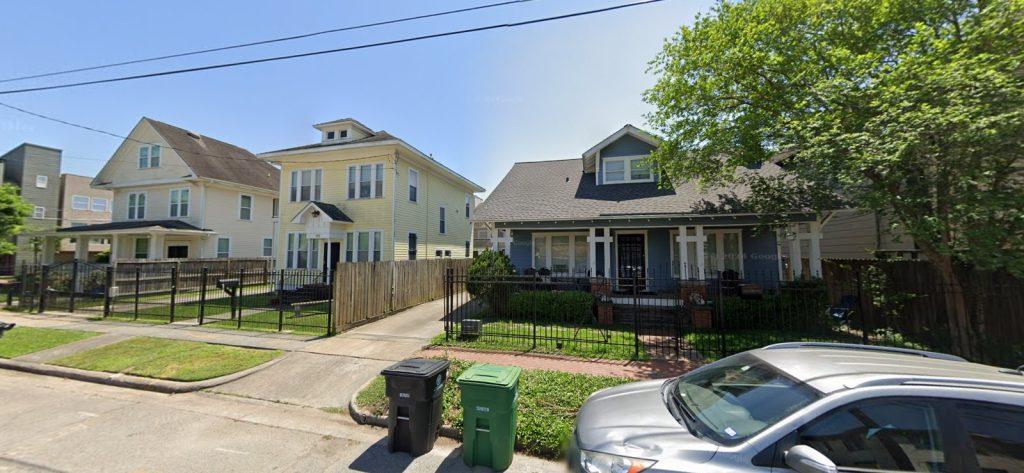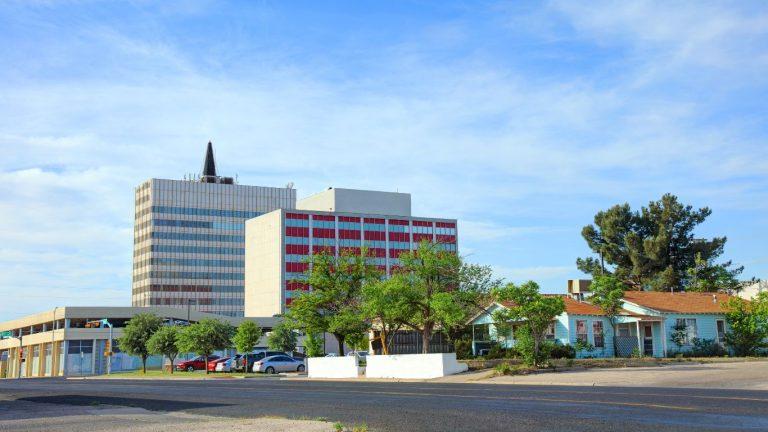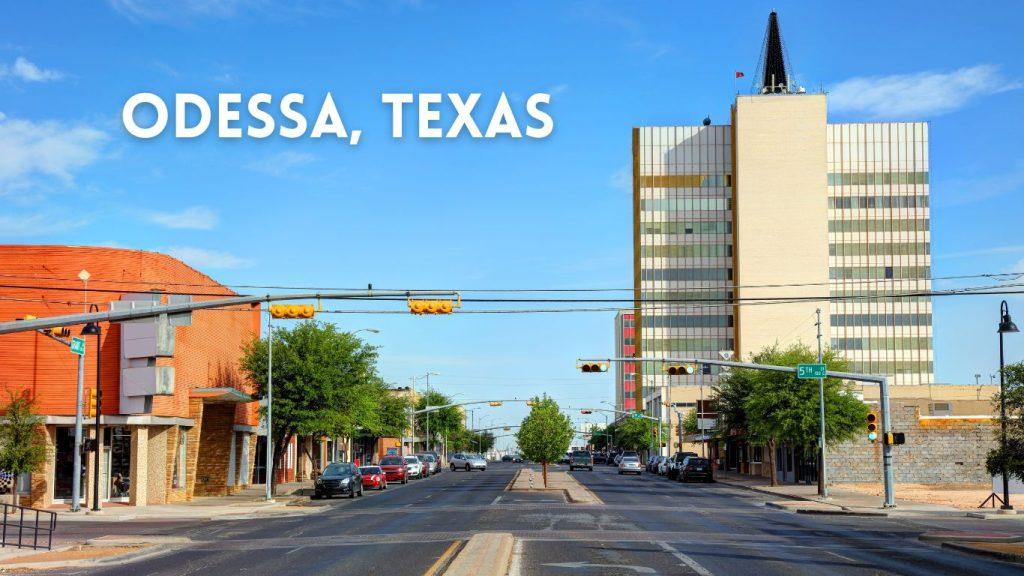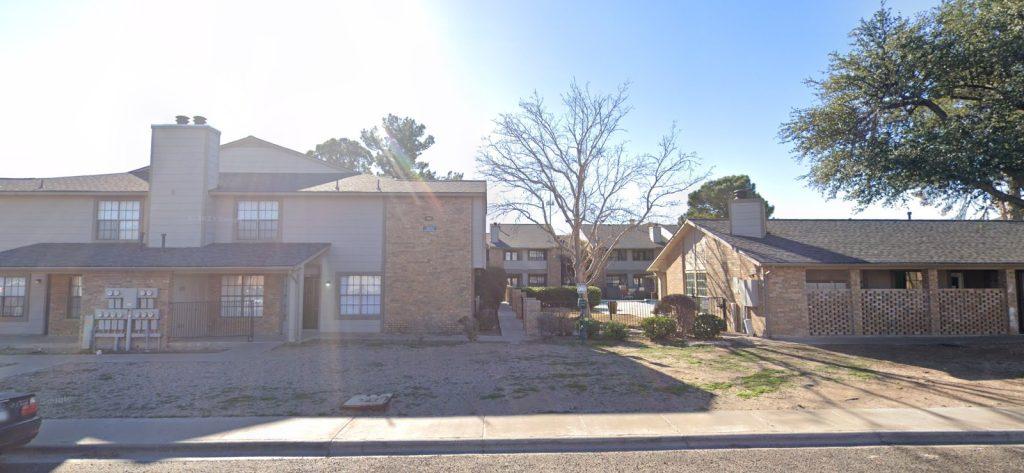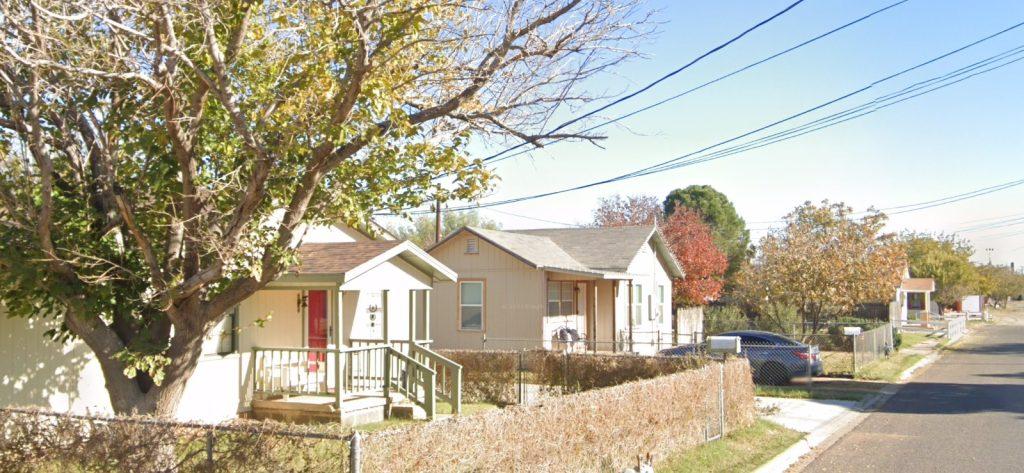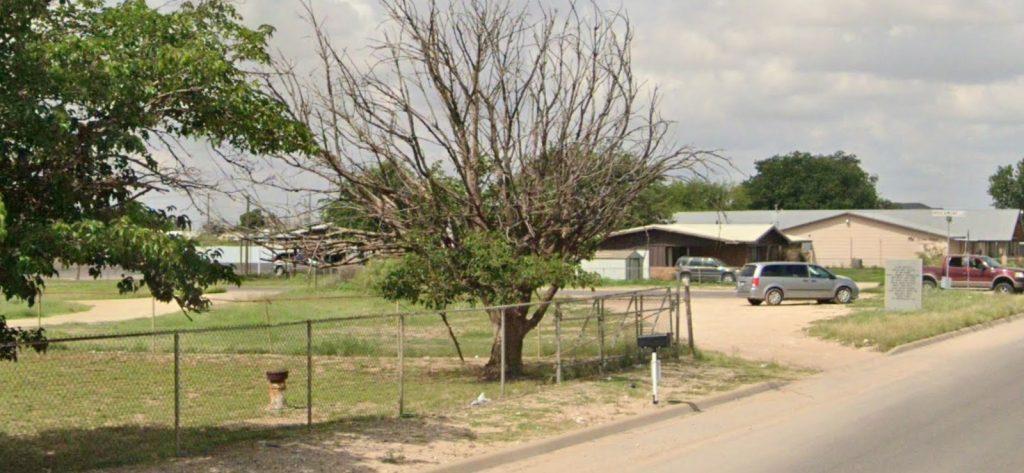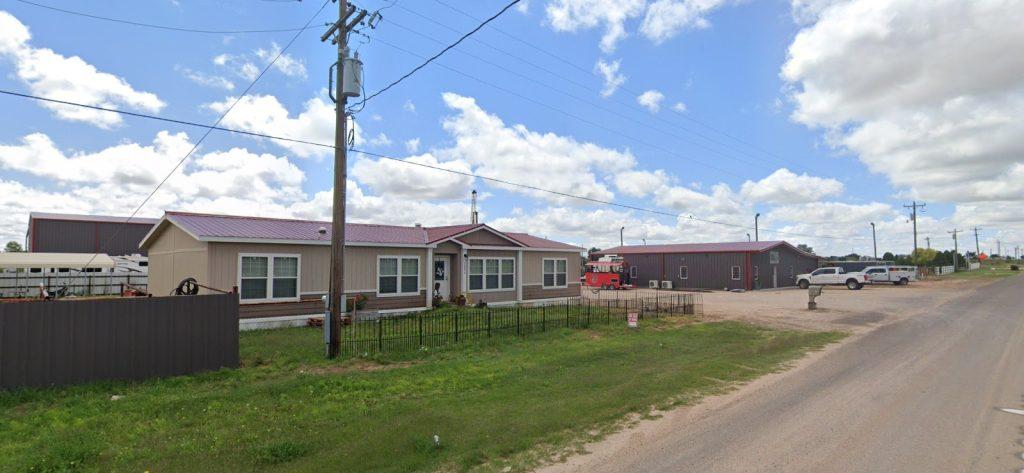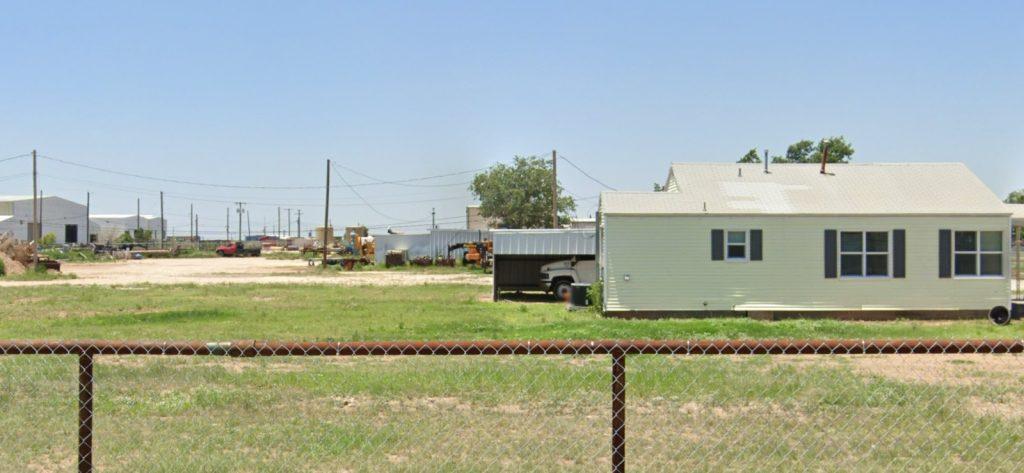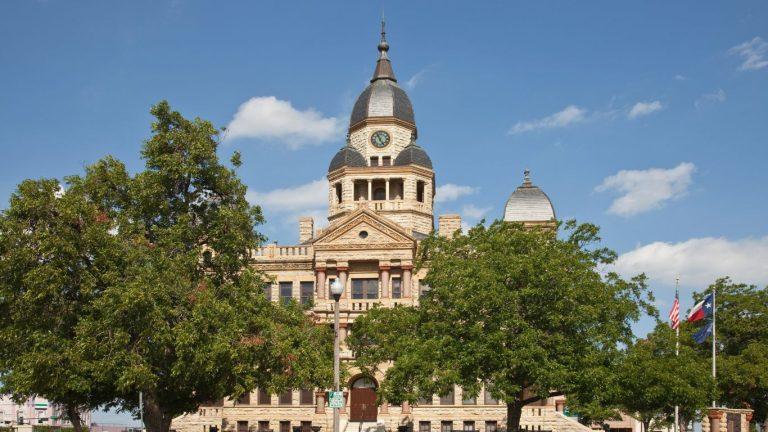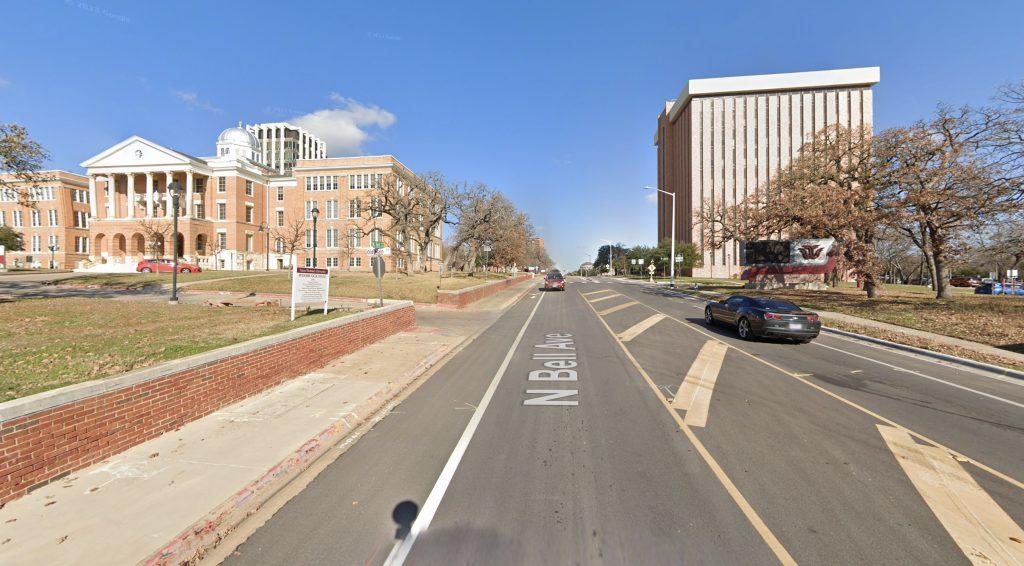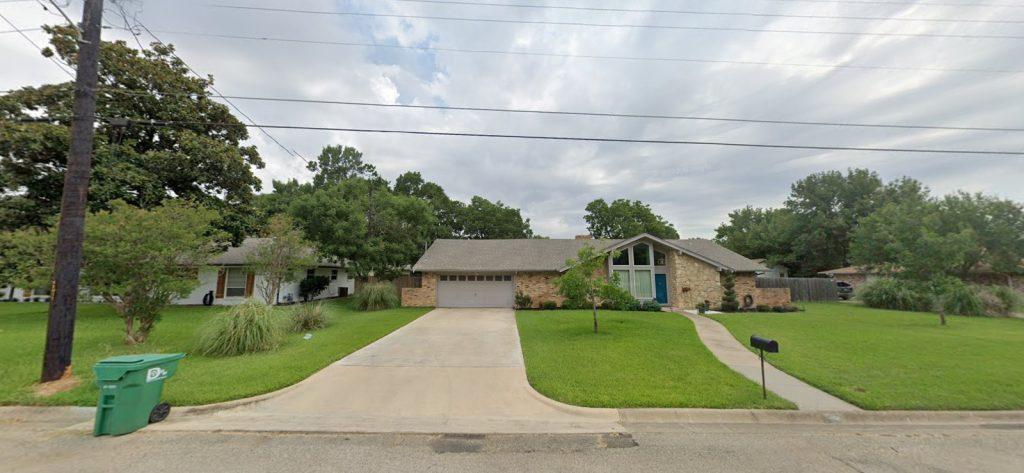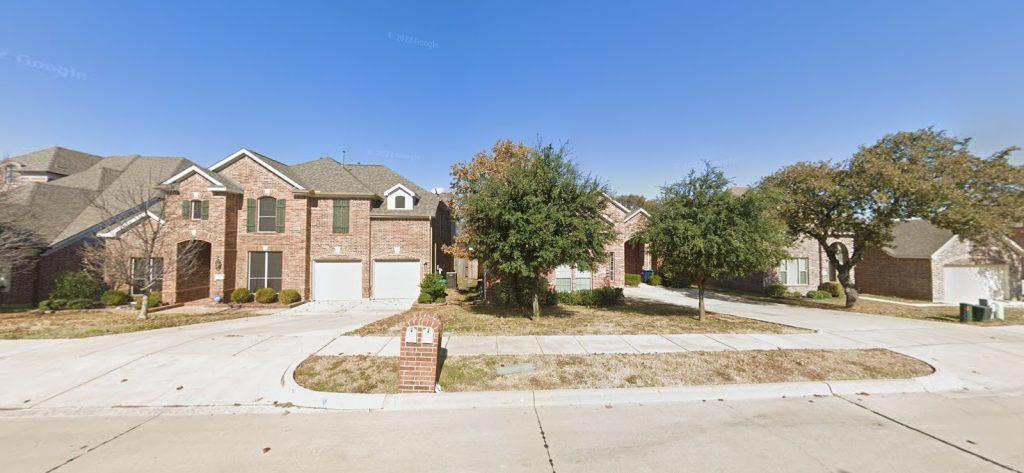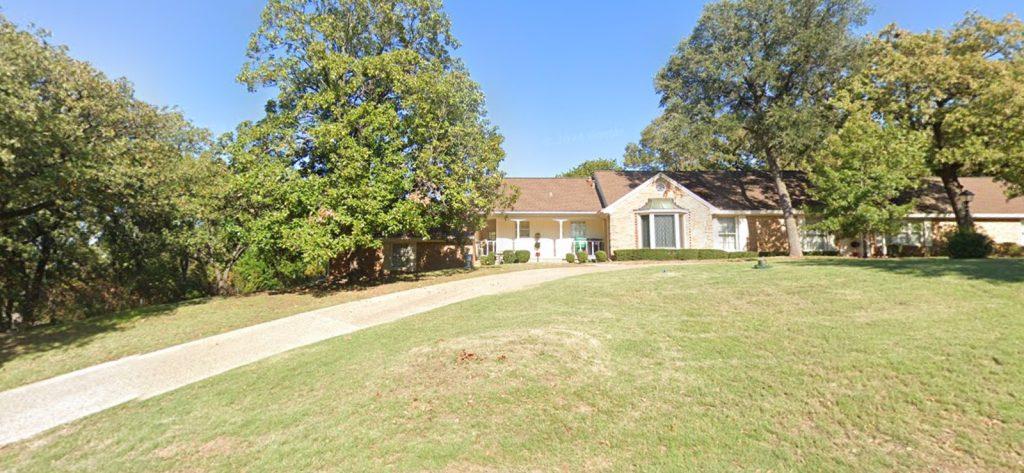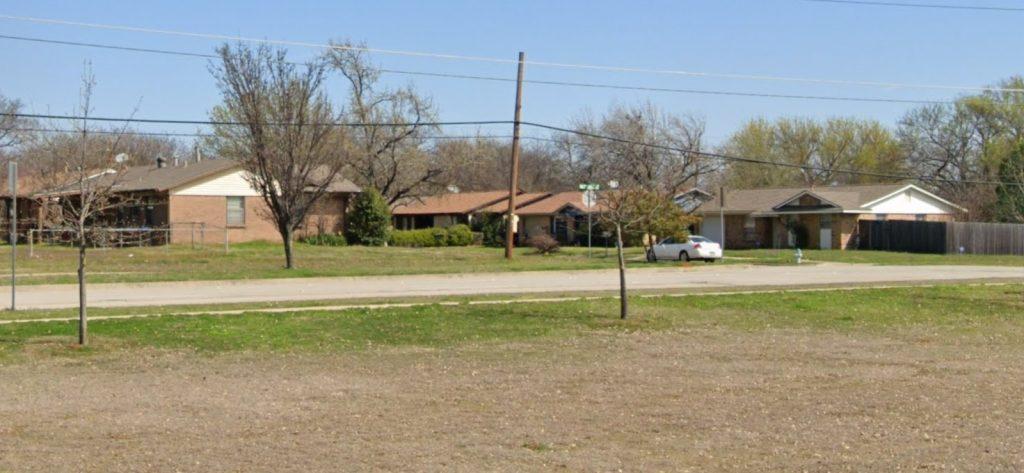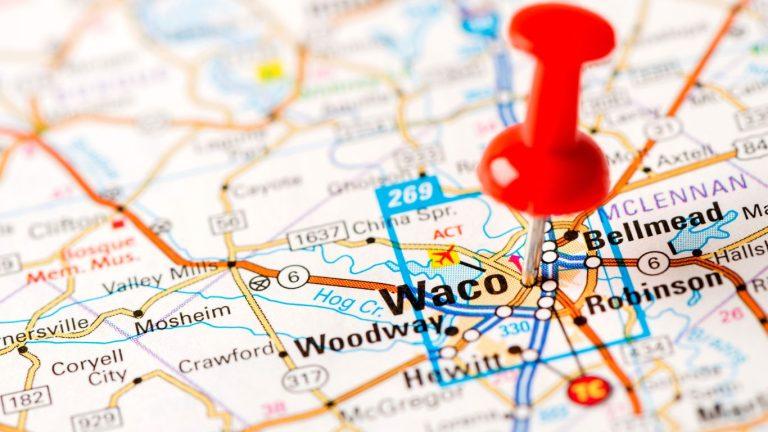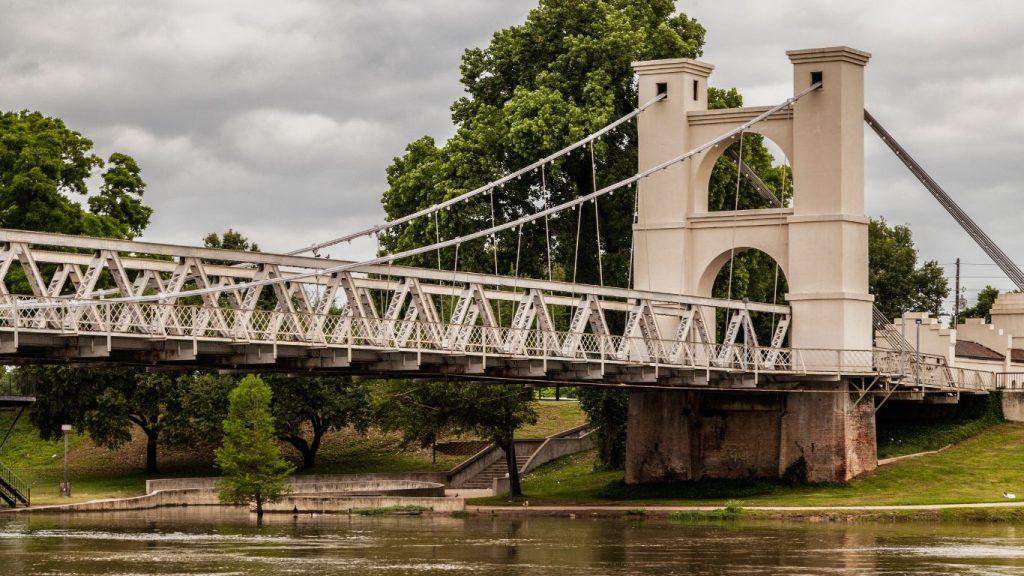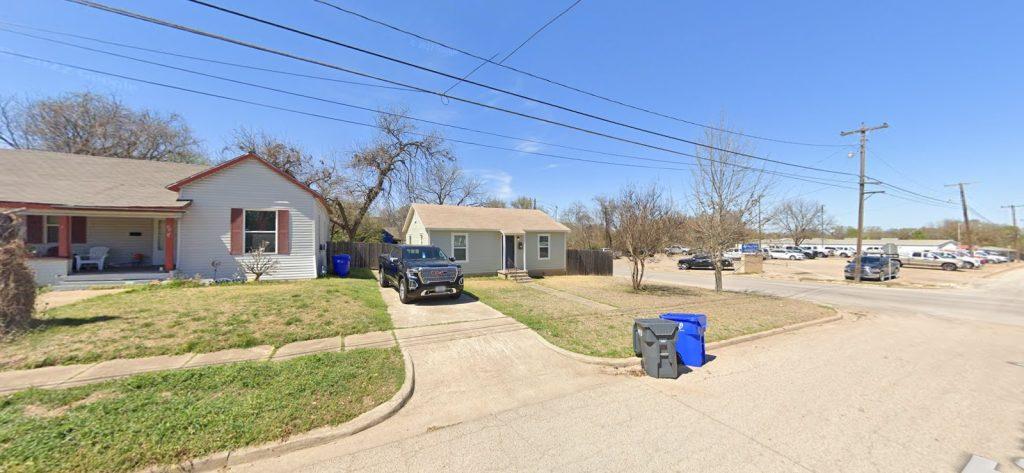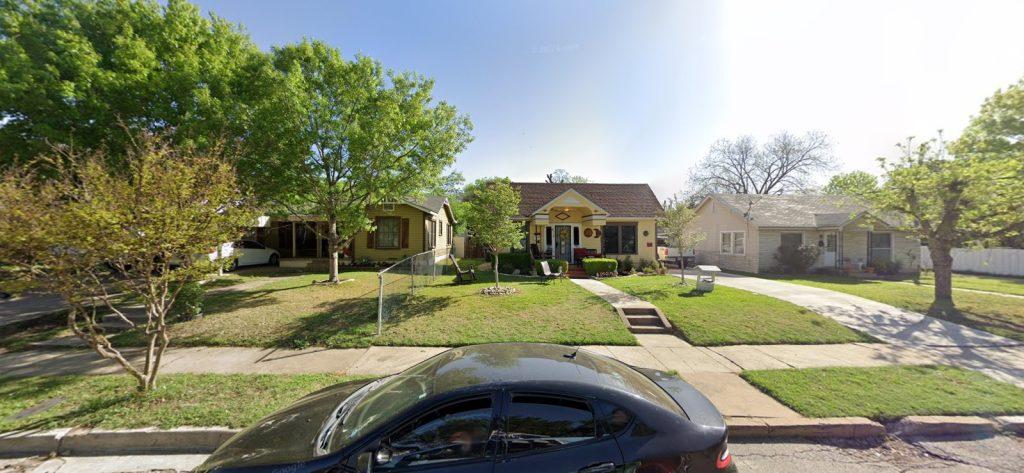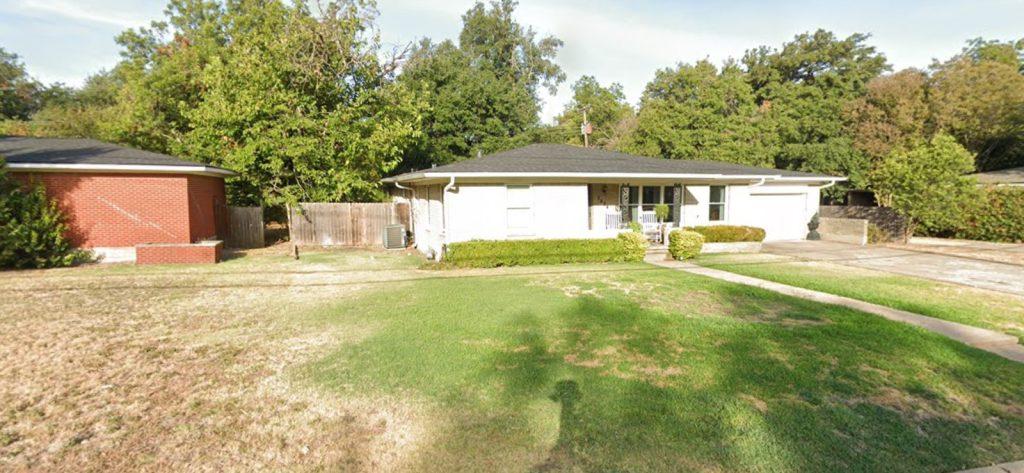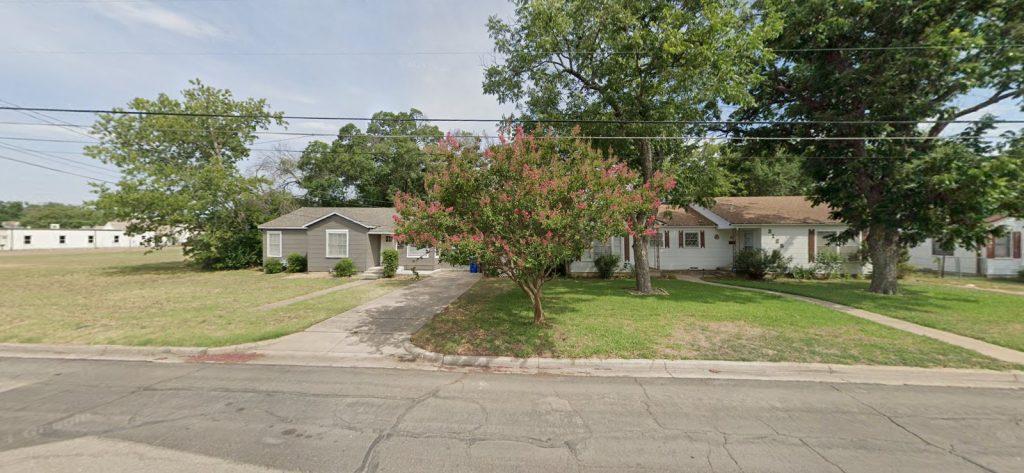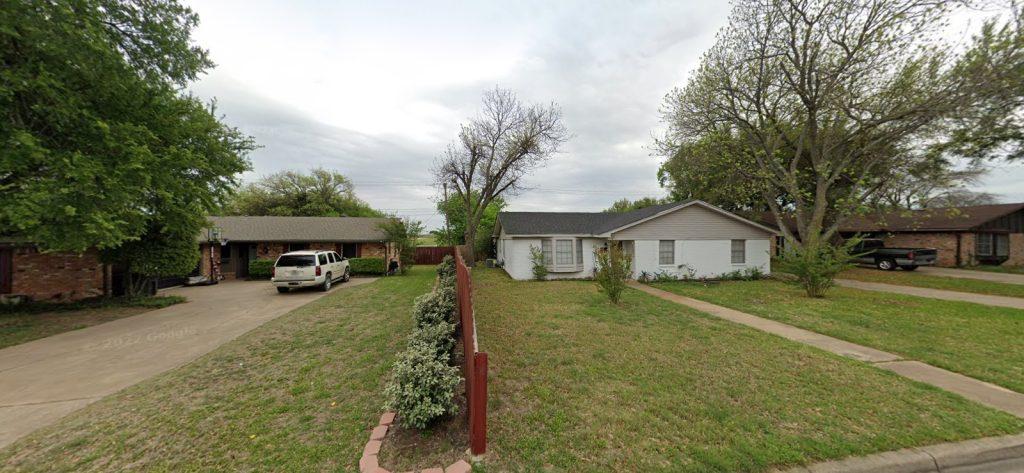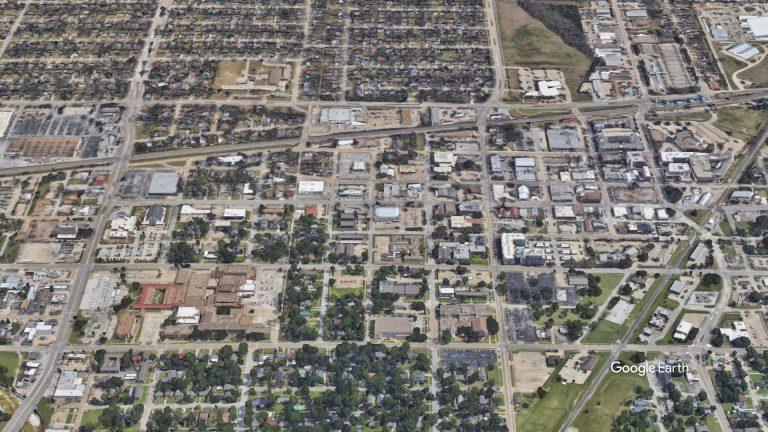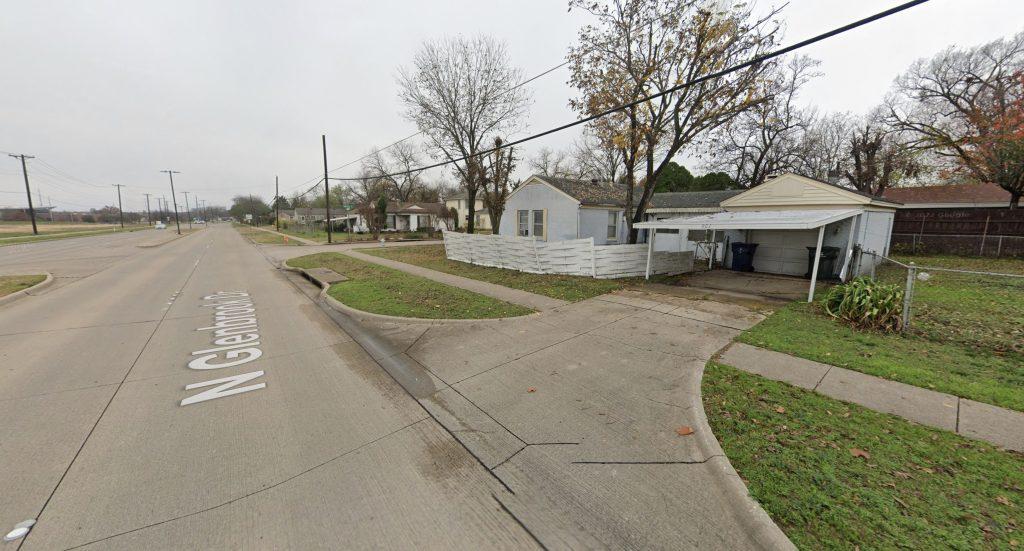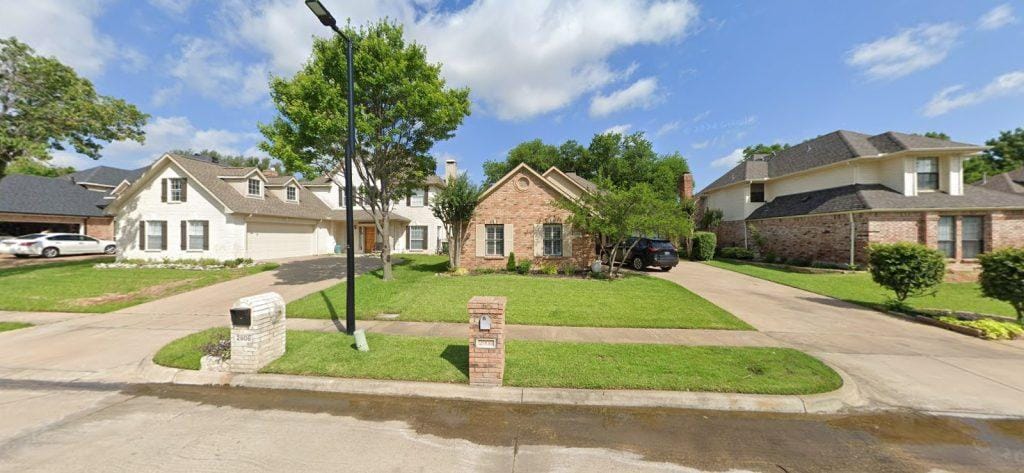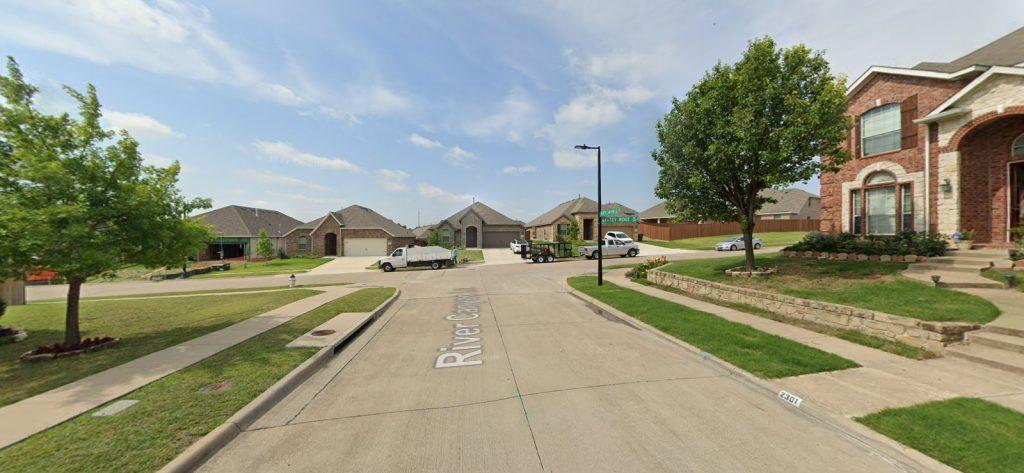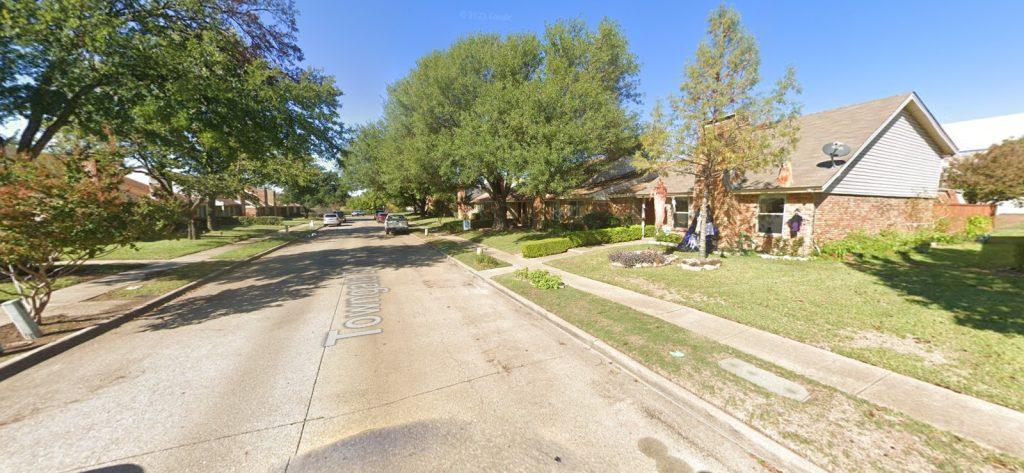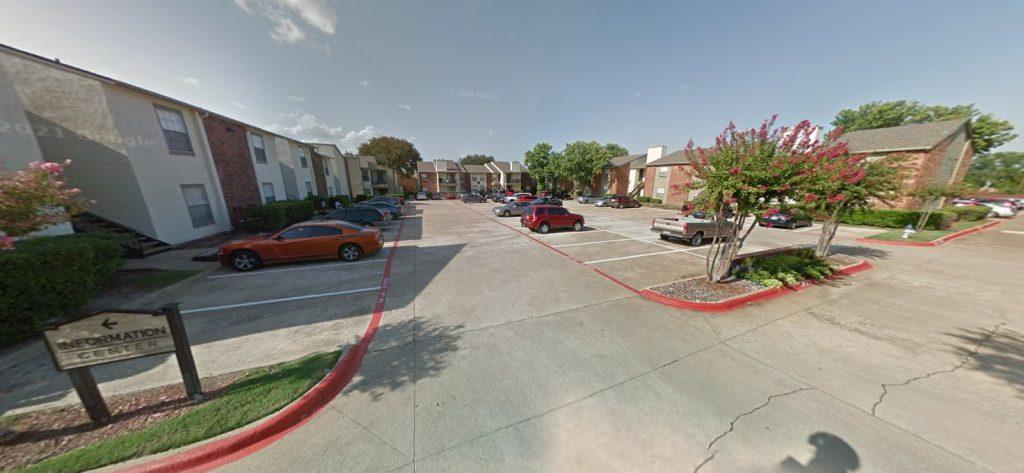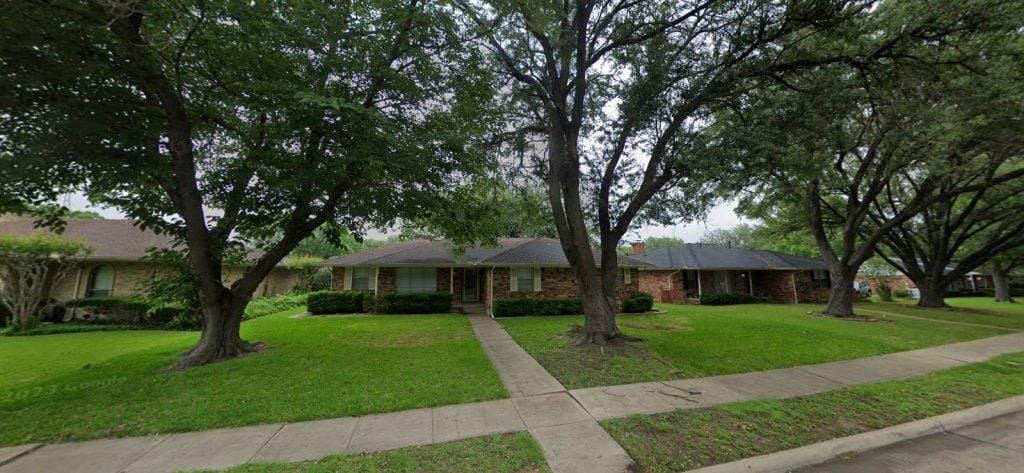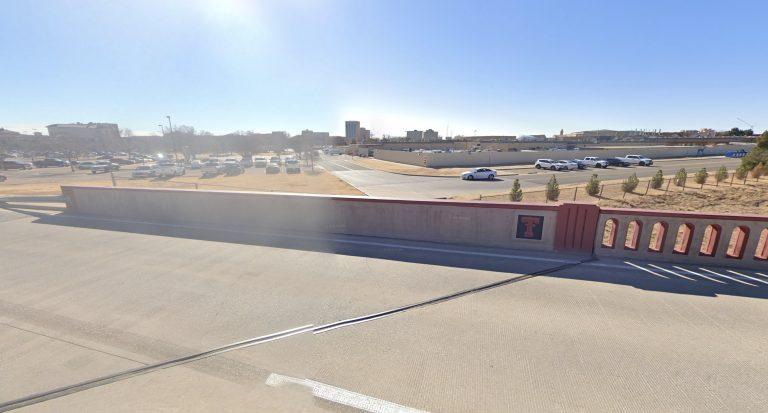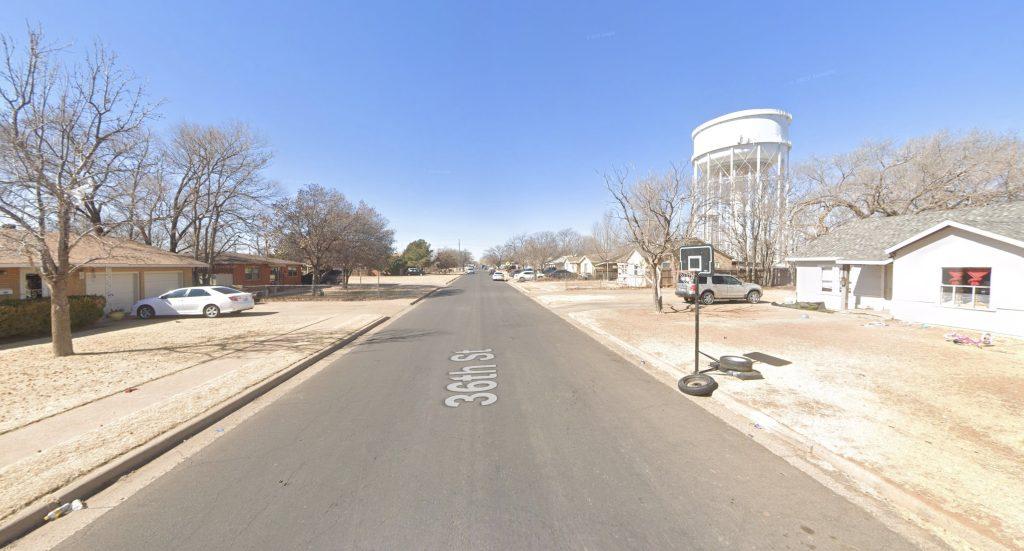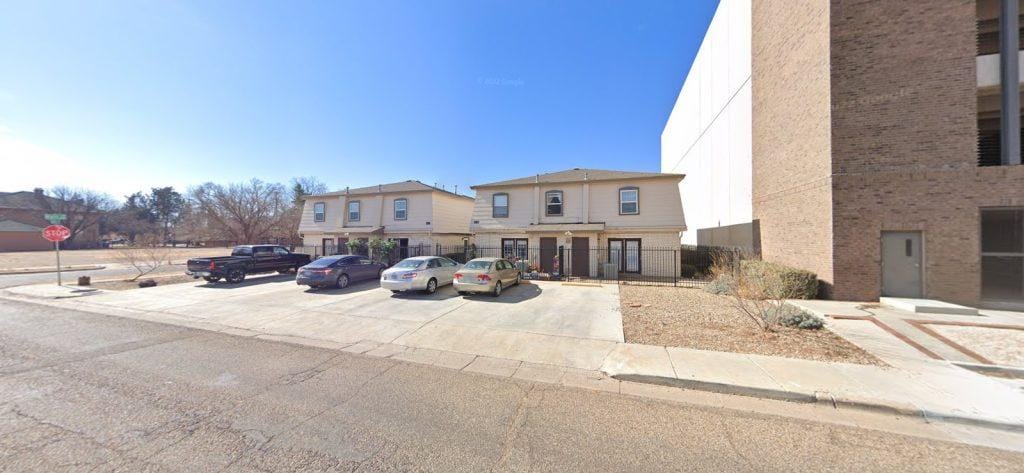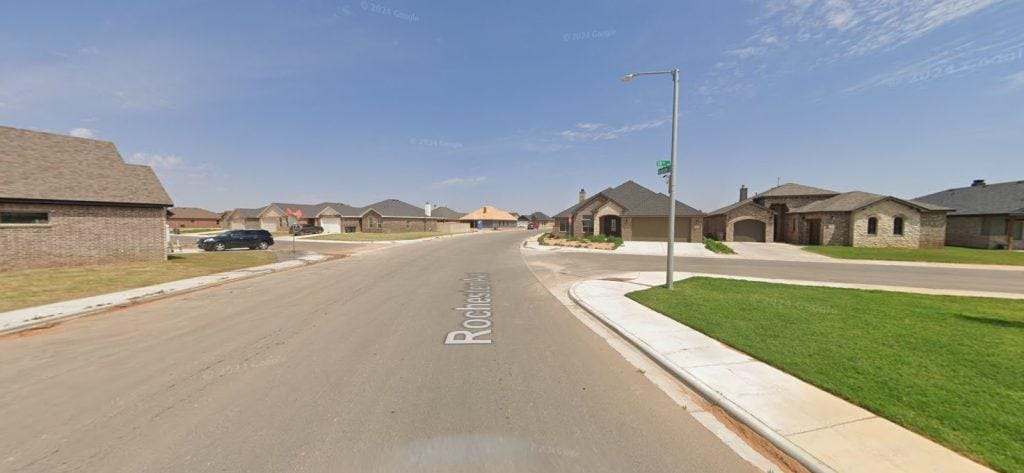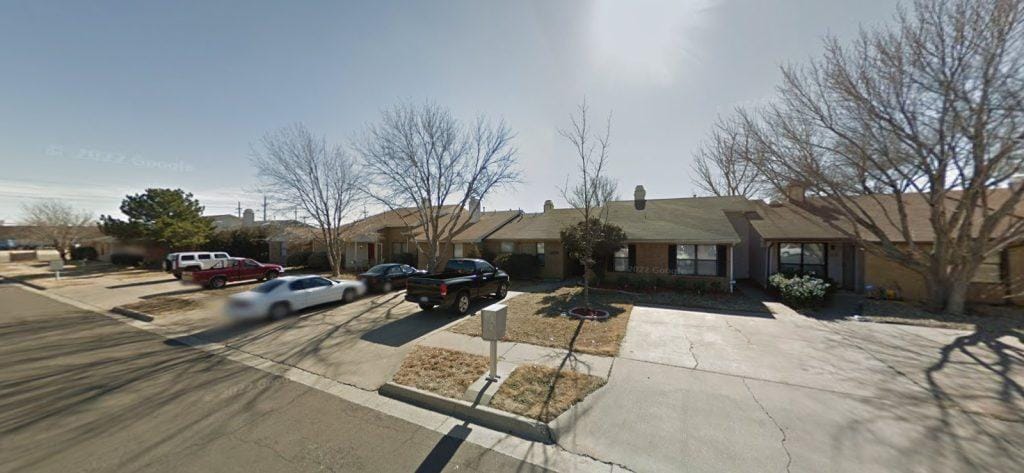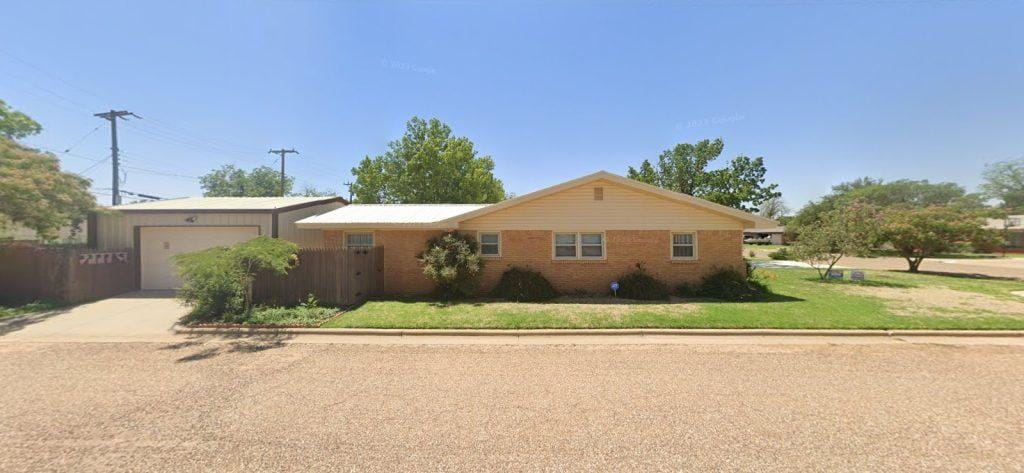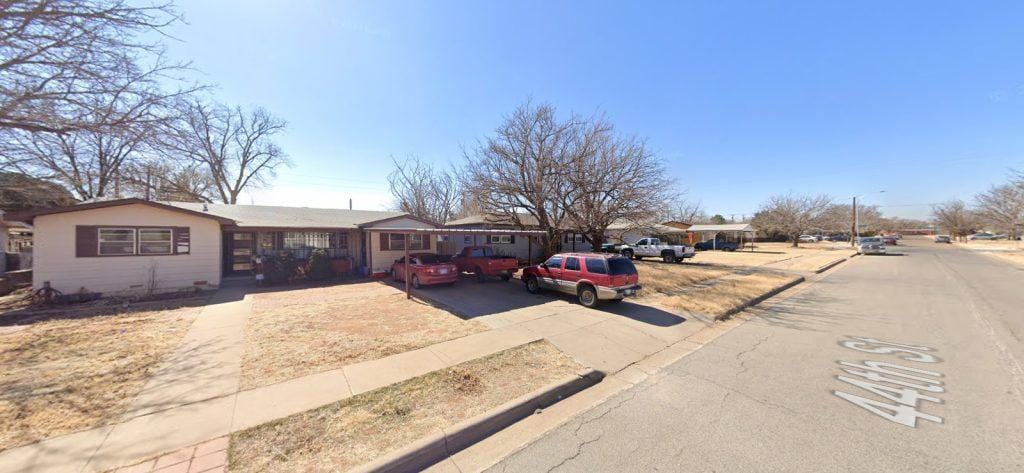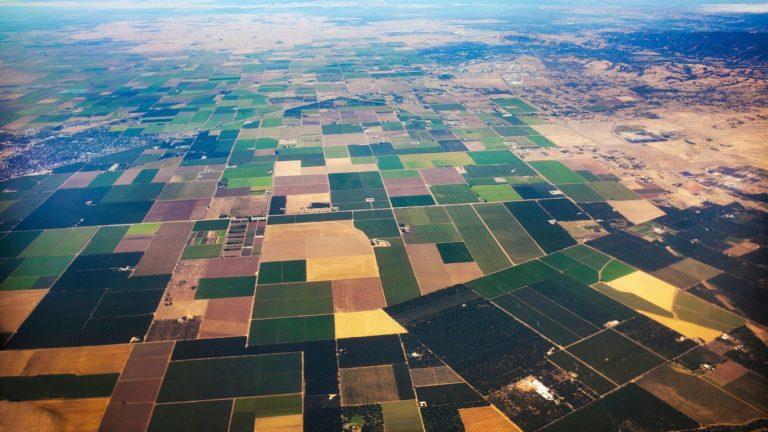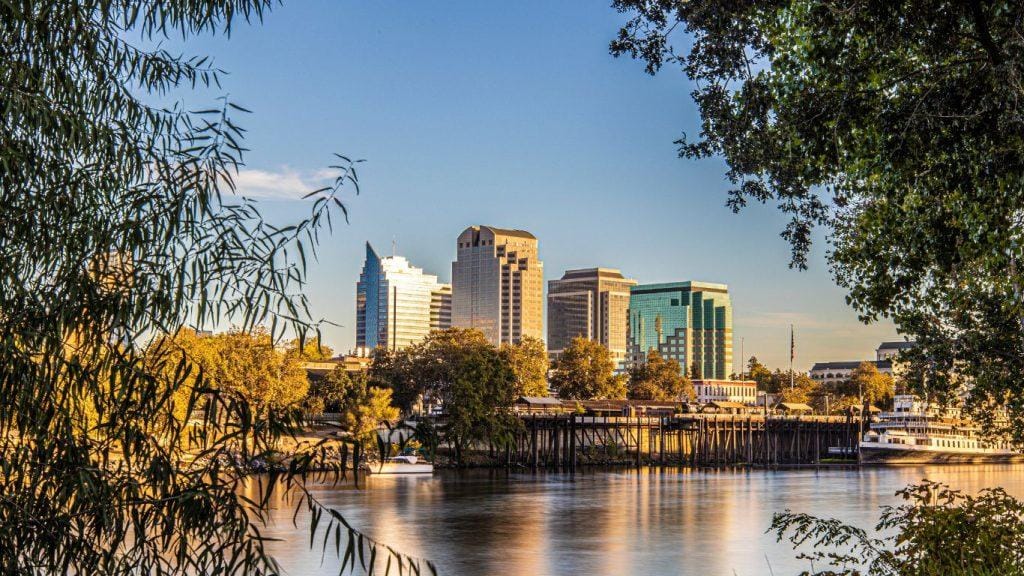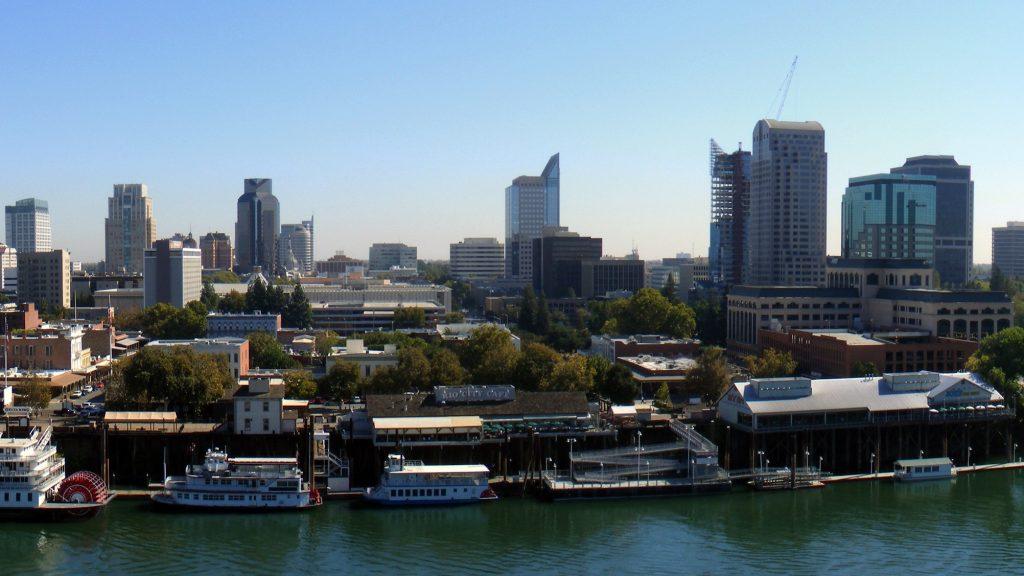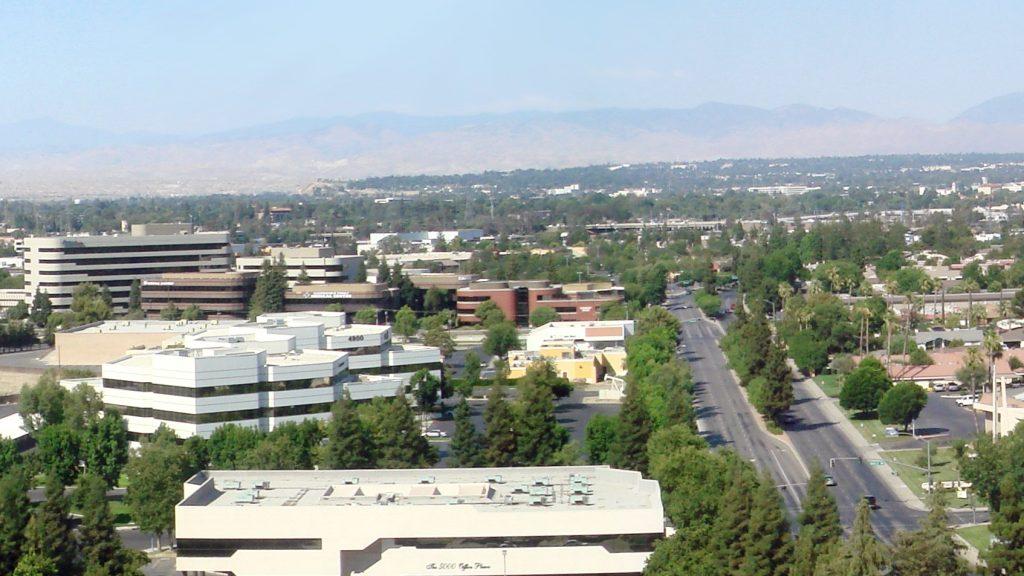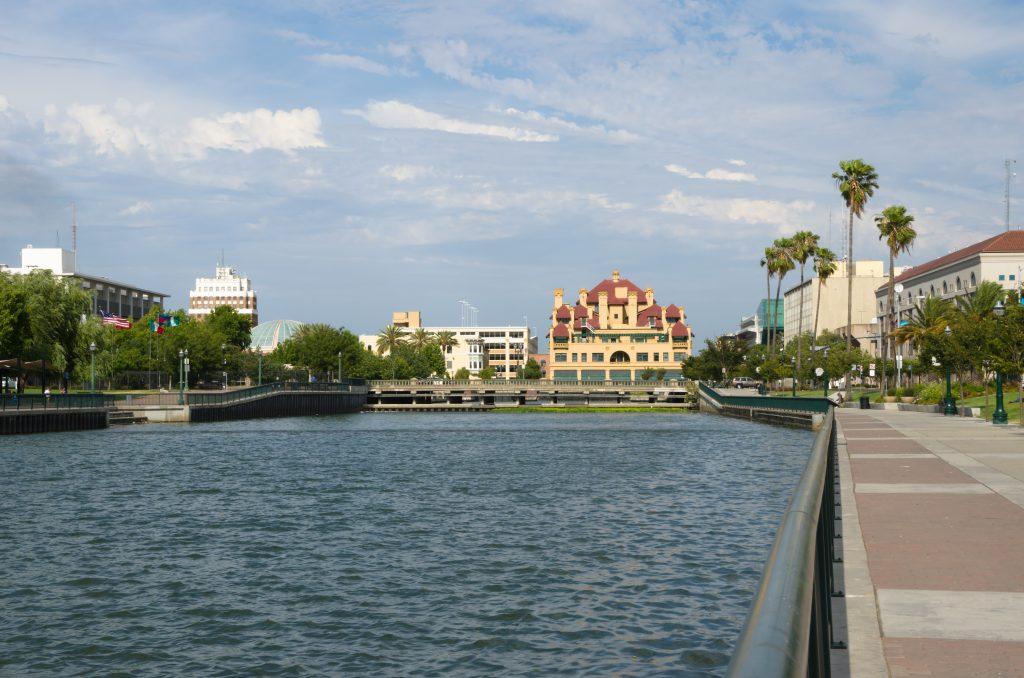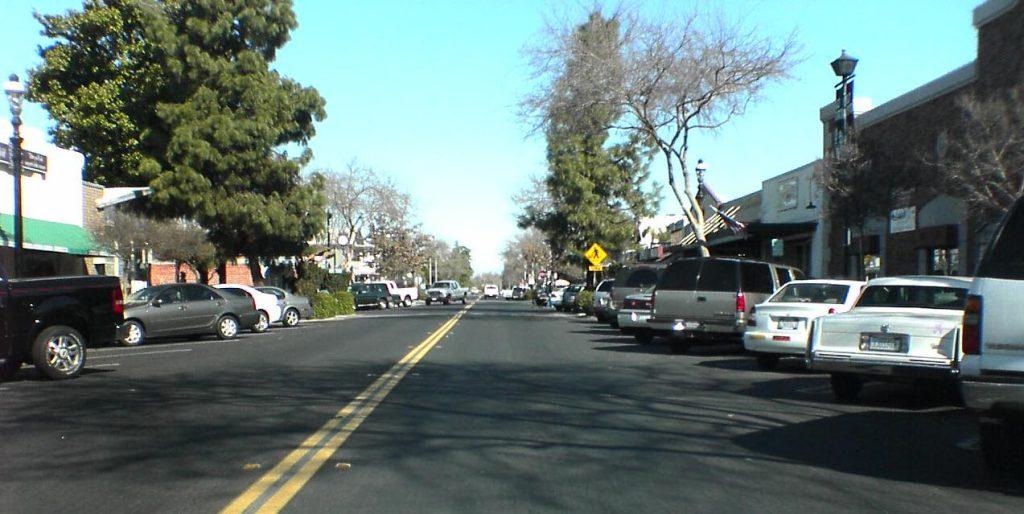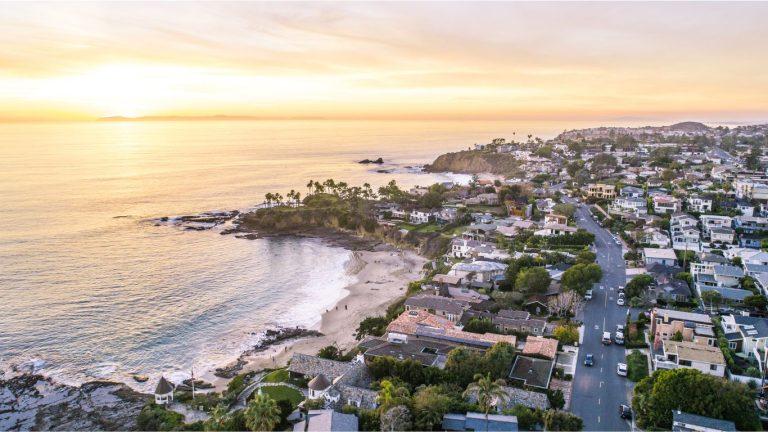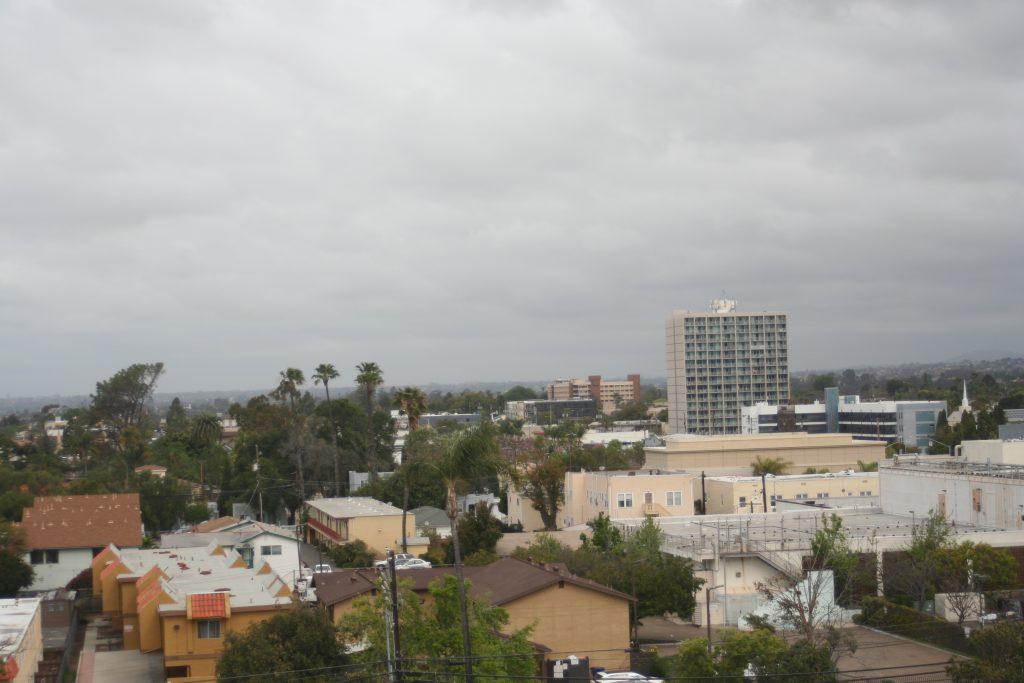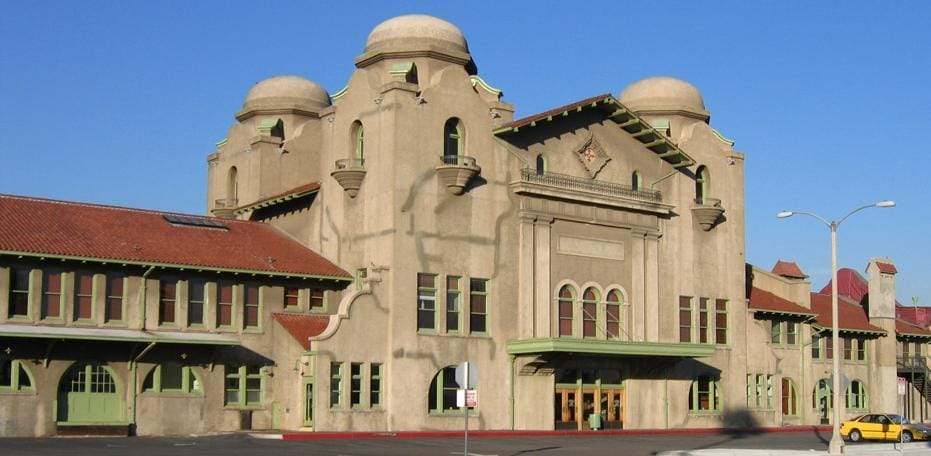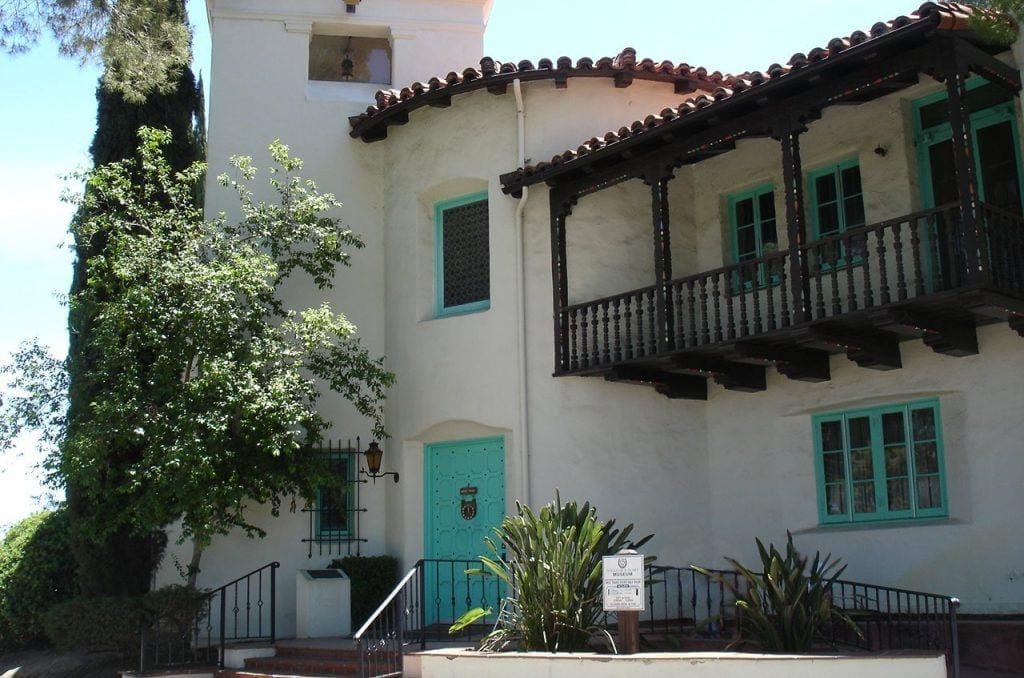Best Place to Live in Midland Texas
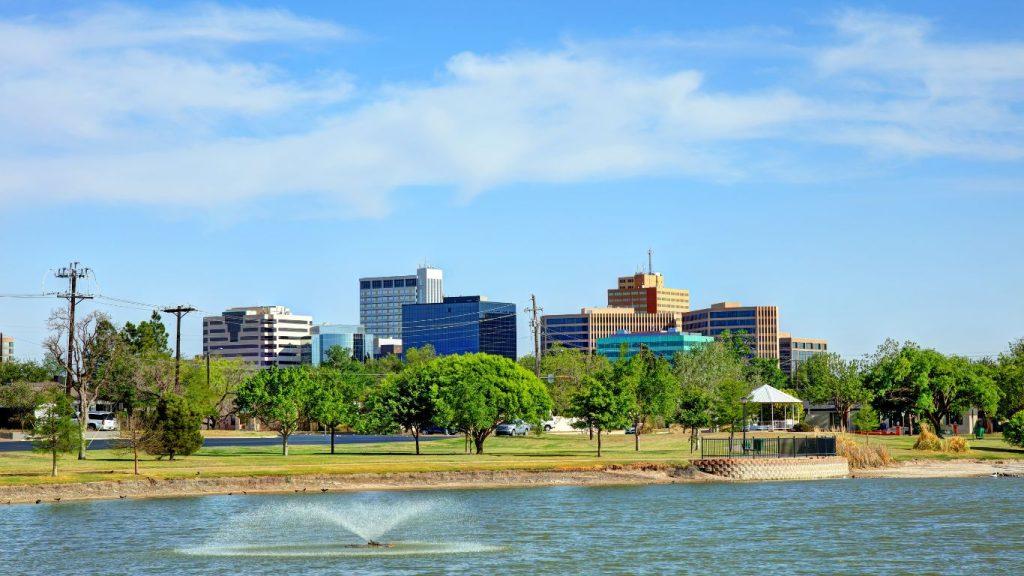
Nestled amidst the sprawling plains and under the vast skies of West Texas, Midland emerges as a vibrant oasis of opportunity and community. As you consider the prospect of relocating to this dynamic city, it’s essential to delve into its rich tapestry of culture, economy, and lifestyle. Let’s embark on a journey through Midland, discovering its allure and the myriad reasons why it beckons as a place to call home.
For those exploring other vibrant communities in Texas, our article on the ‘Best Places to Live in San Marcos‘ offers valuable insights and comparisons that might interest potential residents considering Midland as their new home.
Why Move to Midland
Here are the multiple factors that can facilitate our living in Midland
Economic Prosperity
Midland’s economy thrives on its rich oil and gas industry, offering abundant employment opportunities and financial stability. The city’s strategic location in the Permian Basin has fueled its growth, attracting professionals and entrepreneurs seeking to capitalize on its economic prosperity.
Quality of Life
With its warm climate, scenic landscapes, and plethora of recreational activities, Midland offers a high quality of life for its residents. From outdoor adventures in the nearby Big Bend National Park to cultural experiences at local museums and theaters, there’s always something to explore and enjoy in Midland.
Strong Community Spirit
Midland boasts a strong sense of community, where neighbors come together to support one another and foster a welcoming environment. From neighborhood block parties to volunteer initiatives, residents of Midland take pride in their city and actively contribute to its growth and well-being.
Educational Opportunities
For families considering a move, Midland offers access to top-rated schools and educational institutions. With a focus on academic excellence and extracurricular enrichment, children in Midland have the opportunity to thrive and succeed in their educational endeavors.
Affordability
Compared to larger metropolitan areas, Midland offers a more affordable cost of living, making it an attractive destination for individuals and families looking to stretch their dollars without sacrificing quality of life.
Who Should Consider Moving to Midland?
1. Professionals in the Energy Sector
Midland’s thriving oil and gas industry makes it an ideal destination for professionals seeking career opportunities in the energy sector. With numerous companies headquartered in the city and a robust job market, Midland offers a promising landscape for career advancement and growth.
2. Families Seeking a Safe and Welcoming Environment
For families looking for a safe and family-friendly community, Midland provides a secure environment with excellent schools, recreational amenities, and a strong sense of community. From young families to empty nesters, Midland offers something for everyone to feel at home.
3. Outdoor Enthusiasts and Nature Lovers
With its proximity to scenic natural attractions like Big Bend National Park and the Guadalupe Mountains, Midland appeals to outdoor enthusiasts and nature lovers seeking adventure and exploration. Whether it’s hiking, camping, or wildlife viewing, Midland offers abundant opportunities to connect with nature.
4. Entrepreneurs and Small Business Owners
Midland’s entrepreneurial spirit and supportive business climate make it an attractive destination for aspiring entrepreneurs and small business owners. With resources and programs designed to foster innovation and growth, Midland provides a fertile ground for business success.
Neighborhoods in Midland
Midland emerges as a beacon of warmth and opportunity. As you embark on the journey of finding the perfect neighborhood, Midland offers an array of options, each with its distinct charm and allure. Let’s delve into the vibrant tapestry of communities that define the essence of living in Midland.
1. Westcliff
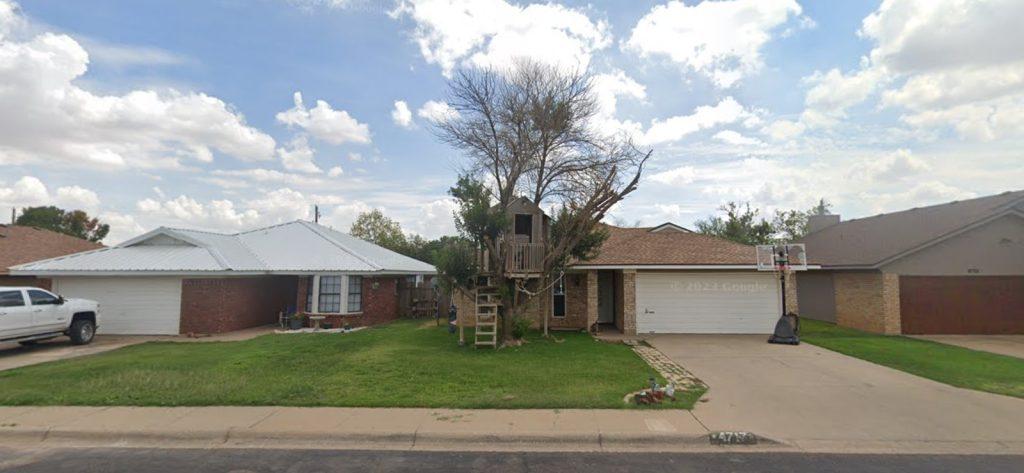
It is well known as A Tranquil Suburb. Tucked away in the southwestern corner of Midland, Westcliff embodies the epitome of suburban bliss. With its tree-lined streets and manicured lawns, this neighborhood exudes tranquility and serenity, providing a peaceful sanctuary away from the bustle of city life.
This suburb boasts a median home value of $390,000 and a median household income of $53,000.
Pros of Living in Westcliff
- Tranquil and Peaceful Environment: Perfect for families seeking a serene lifestyle.
- Family-Friendly Community: Tight-knit bonds among residents foster a sense of belonging.
- Well-Maintained Parks and Recreational Areas: Ample opportunities for outdoor activities and leisure.
- Proximity to Top-Rated Schools: Ensures a quality education for children.
Cons of Living in Westcliff
- Limited Dining and Entertainment Options: Within the neighborhood.
- Longer Commute to Downtown: Due to the suburban location.
Parks and Schools
Westcliff boasts of scenic parks offering ample space for outdoor activities and leisurely strolls. Families appreciate the proximity to top-rated schools Midland Independent School District, ensuring quality education for their children.
Fun Fact
- Community Bonding: Westcliff hosts an annual neighborhood barbecue competition, where residents showcase their culinary skills and bond over delicious BBQ.
2. Hill Crest Acres
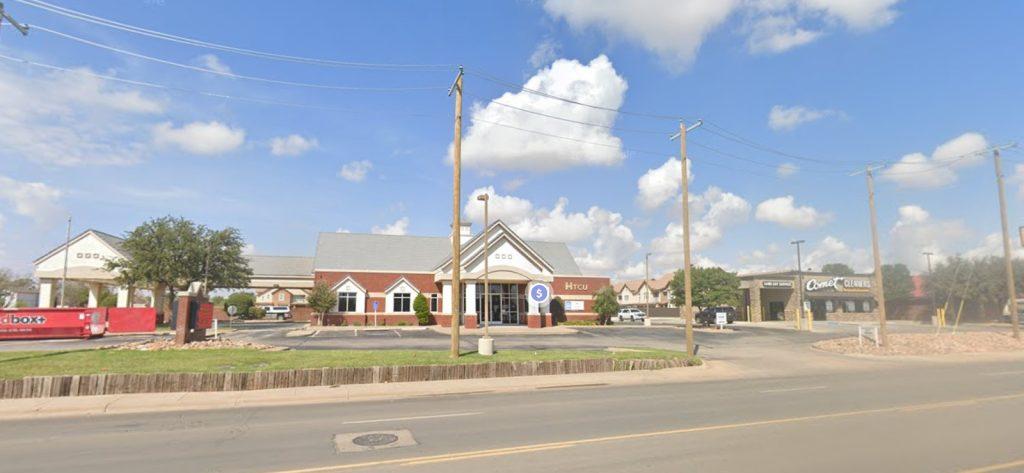
It offers a Family-Friendly Living. Nestled in the northern reaches of Midland, Hill Crest Acres beckons families with its friendly atmosphere and tight-knit community spirit. Here, children play freely in the streets while neighbors gather for block parties, forging lasting bonds and cherished memories.
This neighborhood offers a median home value of $235,000 and a median household income of $70,000.
Pros of Living in Hill Crest Acres
- Family-Oriented Environment: Strong sense of community ideal for raising children.
- Safe and Welcoming Neighborhood: Provides a secure living environment.
- Close Proximity to Schools and Essential Amenities: Convenience for residents.
- Abundance of Neighborhood Parks: Spaces for recreation and leisure.
Cons of Living in Hill Crest Acres
- Limited Public Transportation Options: Reliance on personal vehicles may be necessary.
- Higher Property Taxes: Compared to some areas in Midland.
Parks and Schools
Hill Crest Acres is dotted with neighborhood parks providing ample space for outdoor recreation and leisure activities. Residents also enjoy easy access to esteemed educational institutions such as Midland Independent School District, ensuring a quality learning experience for their children.
Fun Fact
- Festive Spirit: Hill Crest Acres hosts an annual Halloween parade, where residents decorate their homes in spooky themes and children parade in creative costumes, adding a touch of festive fun to the neighborhood.
3. Beckland Terrace
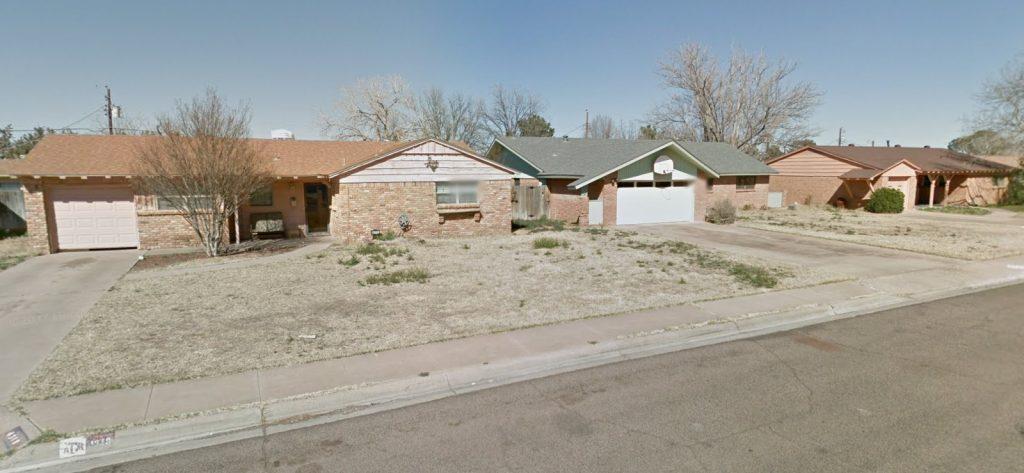
It offers Affordable Living Options. Situated in the eastern fringes of Midland, Beckland Terrace beckons with its promise of affordable living without compromising on quality. Here, modest homes nestle amidst lush greenery, offering a haven of comfort and affordability for residents seeking a slice of suburban paradise.
This area features a median home value of $313,000 and a median household income of $36,000.
Pros of Living in Beckland Terrace
- Affordable Housing Options: Accessibility to individuals and families on a budget.
- Close-Knit Community Atmosphere: Fosters a sense of belonging.
- Access to Essential Amenities and Services: Convenience for residents.
- Neighborhood Parks: Offer opportunities for outdoor recreation and socialization.
Cons of Living in Beckland Terrace
- Limited Upscale Dining and Shopping Options: May require traveling to other areas.
- Lack of Modern Infrastructure Amenities: In some areas.
Parks and Schools
Beckland Terrace residents enjoy access to neighborhood parks such as Park at Caldara, providing recreational opportunities for families and individuals alike. The neighborhood is also served by reputable schools like Midland Independent School District, ensuring a quality education for children.
Fun Fact
- Community Spirit: Beckland Terrace organizes a community yard sale each year, bringing residents together to buy, sell, and trade items, creating a lively atmosphere of commerce and connection.
4. Grassland Estates
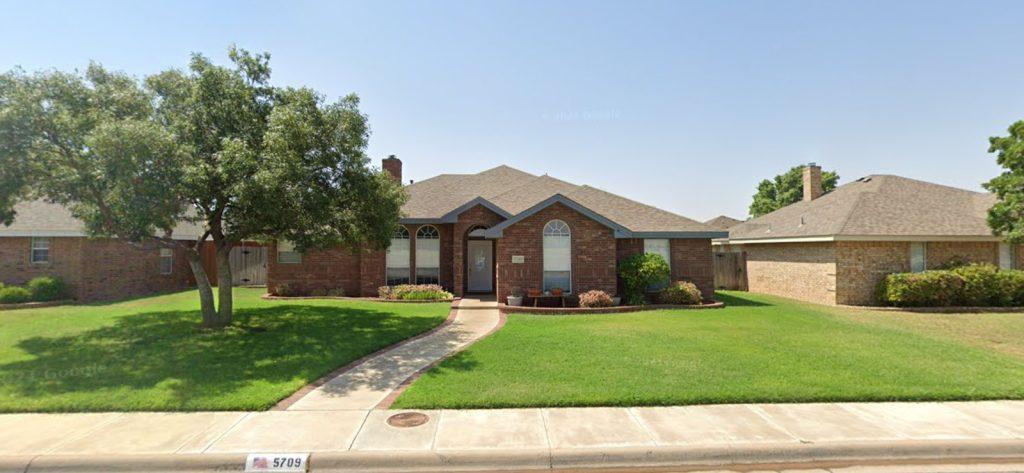
It is well known for its Luxurious Living. Nestled amidst the western expanses of Midland, Grassland Estates stands as a testament to luxury and refinement. Here, expansive estates and upscale residences dot the landscape, offering a lifestyle of opulence and sophistication.
Grassland Estates offers a median home value of $445,000 and a median household income of $97,000.
Pros of Living in Grassland Estates
- Luxurious Housing Options: Cater to those seeking a higher standard of living.
- Prestigious Community Ambiance: Creates an upscale living experience.
- Access to Exclusive Amenities and Services: For residents’ convenience.
- Expansive Parks and Recreational Facilities: Provide opportunities for leisure and relaxation.
Cons of Living in Grassland Estates
- Higher Cost of Living: Compared to other neighborhoods in Midland.
- Limited Availability of Affordable Housing Options: May restrict accessibility to certain demographics.
Parks and Schools
Grassland Estates residents enjoy access to exclusive neighborhood parks such as Park at Caldara and recreational facilities, providing opportunities for leisure and relaxation. The neighborhood is served by esteemed educational institutions like Trinity School, ensuring a quality learning environment for children.
Fun Fact
- Philanthropic Tradition: Grassland Estates hosts a prestigious charity gala annually, where residents come together to support local causes and organizations, highlighting the neighborhood’s philanthropic spirit.
5. Wallace Heights
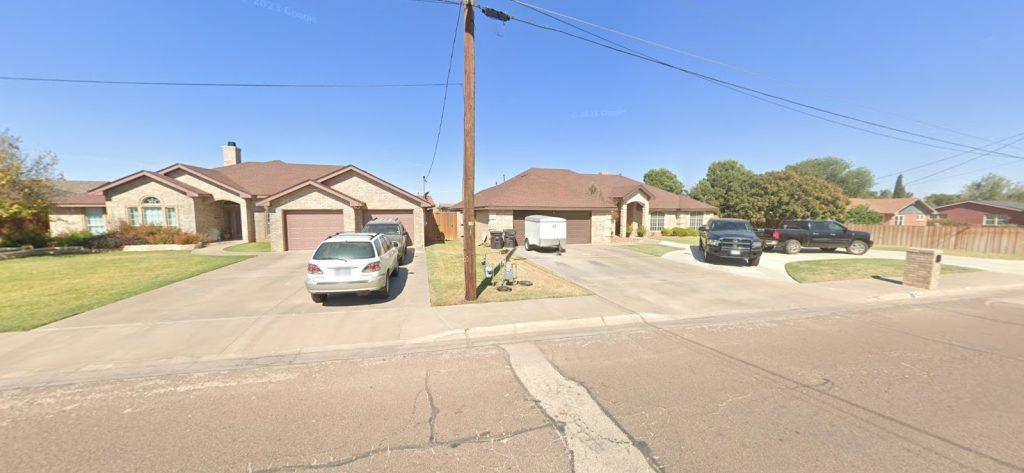
It offers A Blend of History and Modernity. Situated in the heart of downtown Midland, Wallace Heights offers a unique blend of historic charm and modern conveniences. Here, historic homes stand as a testament to the city’s rich heritage, while trendy boutiques and eateries line the bustling streets, creating a vibrant tapestry of past and present.
This neighborhood offers a median home value of $382,000 and a median household income of $80,000.
Pros of Living in Wallace Heights
- Historic Charm and Character: Offer a unique living experience.
- Convenient Access to Urban Amenities: Dining, entertainment options, etc.
- Diverse Cultural Attractions and Events: Enrich the neighborhood’s vibrant atmosphere.
- Proximity to Downtown Parks and Green Spaces: For recreation and leisure.
Cons of Living in Wallace Heights
- Higher Cost of Living: May be a deterrent for some residents.
- Limited Green Spaces and Parks: Within the immediate neighborhood.
Parks and Schools
Wallace Heights residents enjoy proximity to downtown parks and cultural attractions, providing opportunities for recreation and leisure. The neighborhood is served by reputable schools and educational institutions like Midland Independent School District, ensuring a quality learning experience for children.
Fun Fact
- Historical Significance: Wallace Heights is home to the oldest standing building in Midland, dating back to the late 19th century, serving as a historic landmark and reminder of the city’s rich heritage.
Conclusion
In conclusion, the best places to live in Midland, Texas, offer a diverse range of options catering to different lifestyles and preferences. Whether you seek suburban tranquility, family-friendly living, affordable housing, luxurious amenities, or a blend of history and modernity, Midland has something for everyone. By considering factors such as location, demographics, amenities, and community spirit, you can find the perfect neighborhood that aligns with your needs and aspirations.
FAQs
What are the top-rated schools in Midland, Texas?
Midland boasts several esteemed educational institutions, including Midland Independent School District and private schools like Trinity School.
Are there any recreational activities available in these neighborhoods?
Yes, each neighborhood offers access to parks, recreational facilities, and community events, ensuring ample opportunities for leisure and outdoor activities.
How does the cost of living in Midland compare to other cities in Texas?
Midland’s cost of living is relatively higher compared to other cities in Texas, primarily due to the booming oil industry and strong job market.
What are some unique attractions in Midland?
Midland is home to attractions like the Permian Basin Petroleum Museum, George W. Bush Childhood Home, and the Wagner Noel Performing Arts Center, offering cultural enrichment and entertainment for residents.
Is Midland prone to natural disasters such as hurricanes or tornadoes?
While Midland may experience occasional severe weather events like thunderstorms and dust storms, it is not prone to hurricanes or tornadoes due to its inland location.

